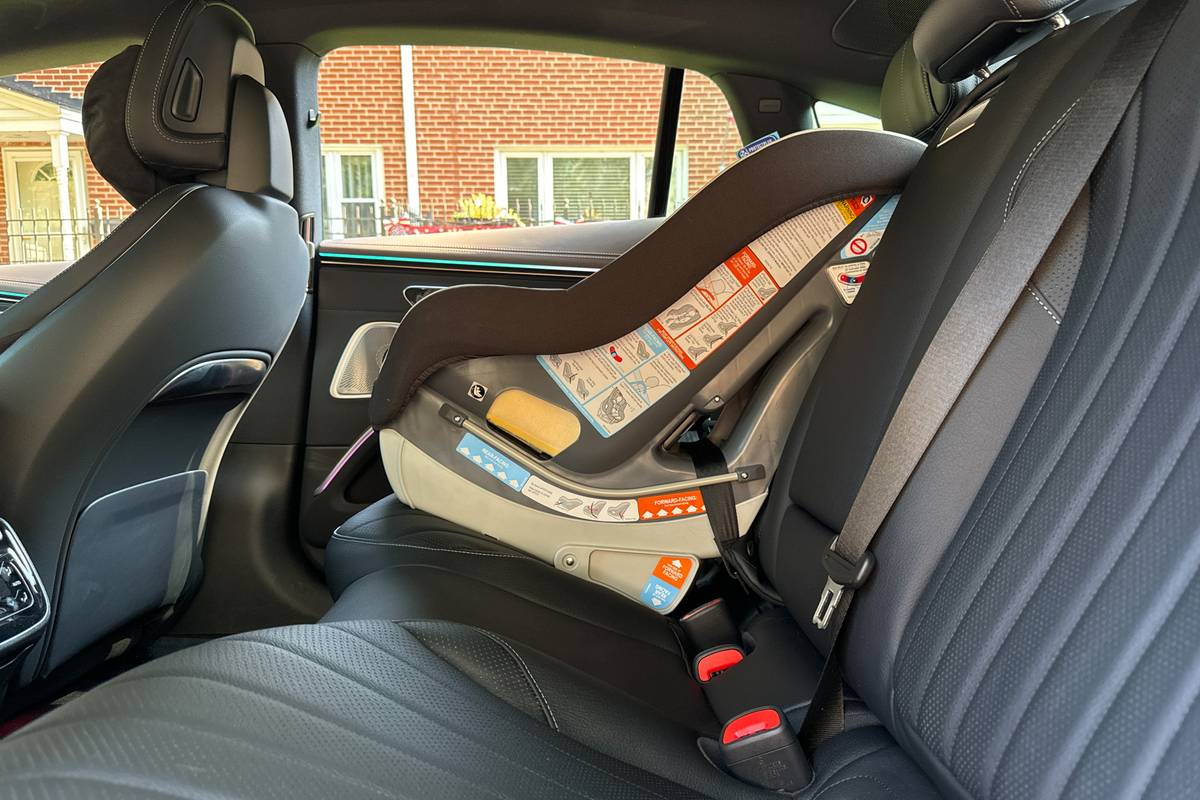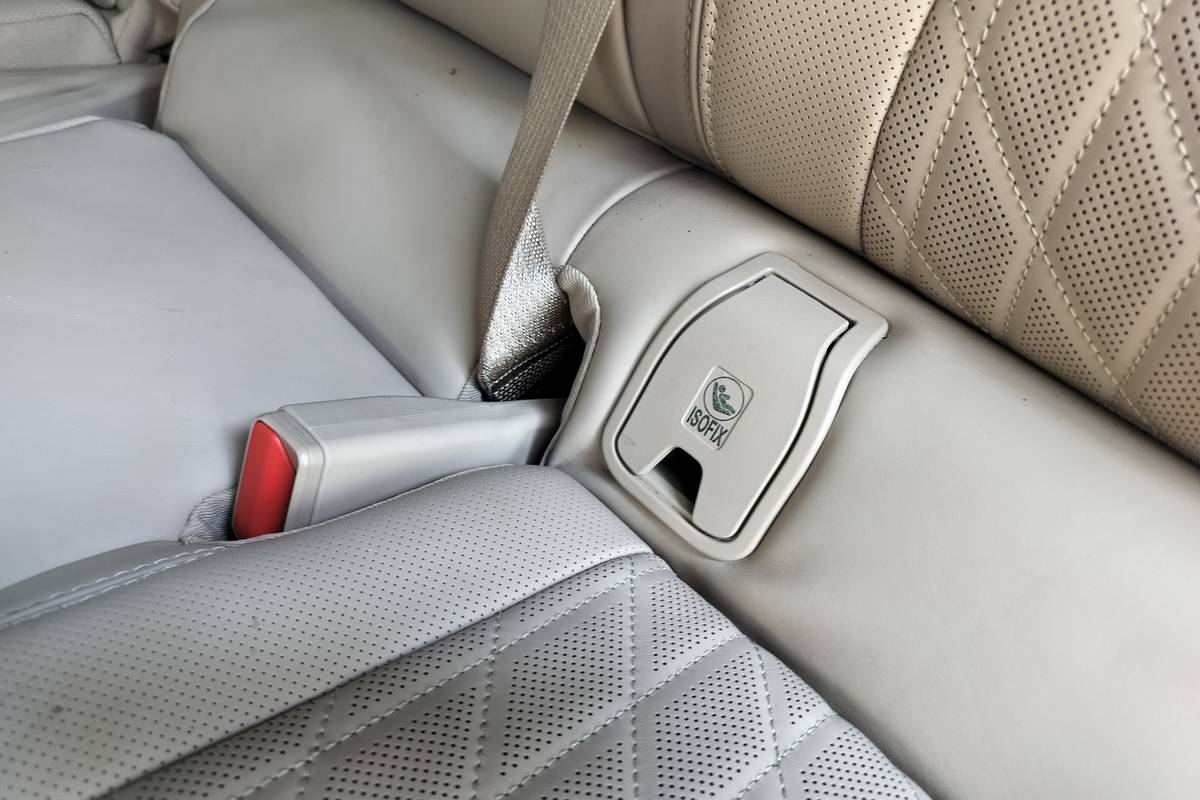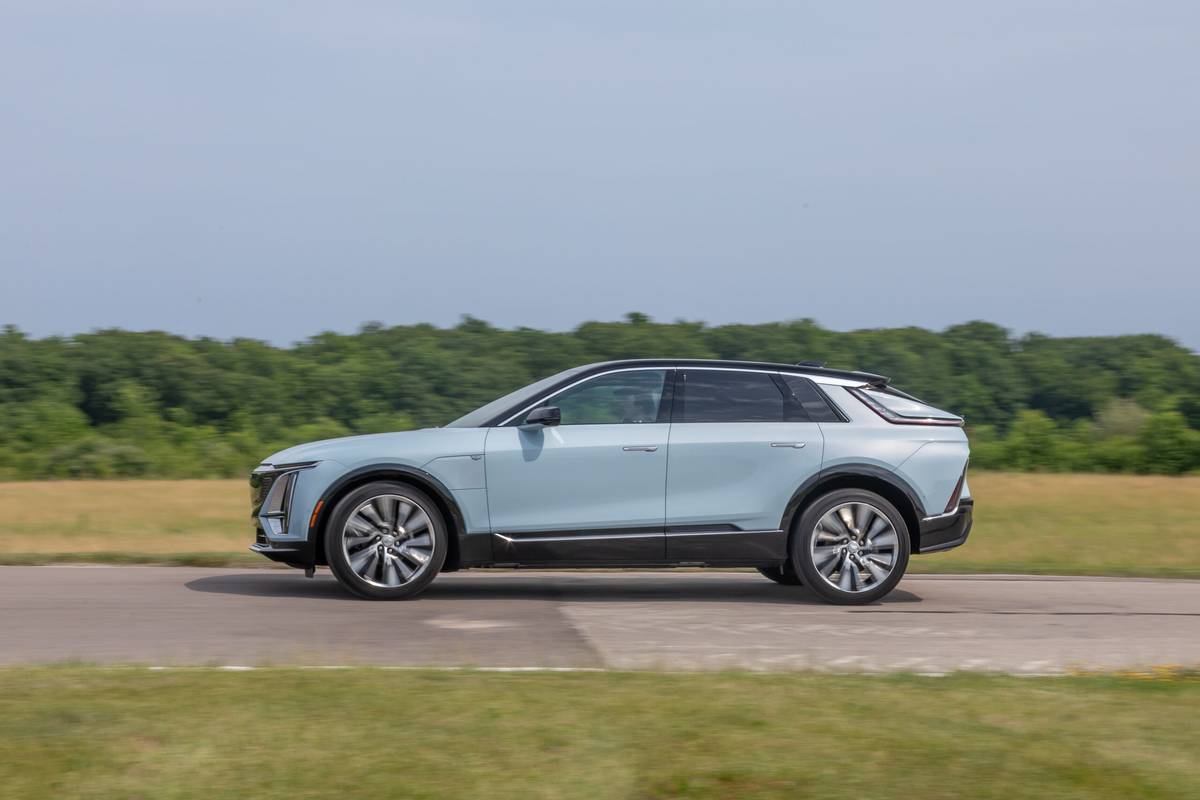Star-Telegram.com's view
Toyota finally seems to have gotten it right.
After two previous attempts at building a full-size pickup for the finicky American truck market fell short of both the company’s and U.S. consumers’ expectations, Toyota might have just the answer with the all-new, 2007 Tundra.
There are a lot of folks counting on that – not only at Toyota, but also here in San Antonio, where the automaker has built a factory just to assemble the new Tundra. Toyota and San Antonio need the new Tundra to be a great success, even if the traditional U.S. pickup manufacturers, General Motors, Ford and Chrysler Group (Dodge) have to suffer a bit.
The introduction of the newest Tundra is the “single biggest and most important launch in Toyota’s 50-year U.S. history,” Toyota Motor Sales U.S.A. Vice President and General Manager Don Esmond said during a media preview of the truck.
While Toyota has long been a major player in the compact-pickup market, a segment the Japanese automaker helped create, cracking the full-size market has been frustrating. The first attempt, the T100 that came along in 1993, was intended primarily for Toyota compact-pickup customers who needed something larger, but didn’t want to buy a domestic pickup.
That truck, though popular with a lot of Toyota fans, never appealed to the traditional U.S. big-pickup buyer because it was considered to be too small and underpowered. It was offered with four- and six-cylinder engines only.
For 1999, the Tundra replaced the T100. It came only with a V-6 engine initially, but for 2000, Toyota introduced a V-8 version. The vehicle has had a loyal following among Toyota fans, but has never been fully embraced by traditional truck buyers – primarily those who use their vehicles in their work.
The 2007 Tundra, which comes on an all-new, larger chassis, with a V-6 and two V-8 engines offered, aims to change the traditional truckers’ perceptions about Toyota pickups.
I don’t use a pickup for work, so I don’t presume to speak for those who do. But after driving the new Tundra, I can tell you that this is a truck that should be able to hold its own among the Chevrolet Silverado/GMC Sierra, Ford F-150 and Dodge Ram. Can I honestly tell you that it’s better than those trucks?
No, at least not the Silverado and Sierra, which also are all new for 2007 and represent GM’s best efforts to date to build a full-size pickup.
But the new Tundra is at least as good as the previous generation of the Silverado and Sierra. That’s quite an accomplishment for Toyota, because the previous generation of the Silverado/Sierra was an exceptional product, leading the market in full-size pickup sales (combined Chevrolet and GMC model sales figures) over the second-place Ford F-series.
The new Tundra may have the edge over the current F-150 and Ram in overall refinement and construction, but that’s more a product of timing than Toyota expertise in pickup design and construction. The current generation of the Ford F-150 arrived for model year 2004, and the Ram is even older – it was introduced for 2002. A new F-150 is due next year, however, and should be much better-equipped to handle any challenge from Toyota. Chrysler has not announced when the next generation of the Ram will arrive.
The new Tundra comes on a frame that is six inches wider than before, allowing for a roomier cab and beefier chassis.
The Tundra’s cab is quite carlike, another trend among full-size pickups that the other truck makers have embraced as well.
Our test model, the four-wheel-drive Double Cab Limited version (base price $38,550 plus $725 freight), came with a host of amenities that in the past would have been reserved for luxury cars.
Among those were dual-zone automatic climate control, heated and leather-trimmed front bucket seats with power adjustment, a tilt-and-telescoping steering wheel with built-in audio controls, and a great JBL AM/FM/compact-disc stereo with 10 speakers and a six-disc CD changer.
Also standard on our vehicle were power windows, mirrors and door locks (with remote).
Even though it’s a truck, the ride of our Tundra was nearly as comfortable as that of some larger cars on the market today, including the Dodge Charger we also tested recently.
And while those amenities made this a truck to enjoy, they did seem more designed for the so-called “modern trucker” than the traditional pickup buyer who is looking for a ruggedly dependable work truck. Toyota sells those, too, with fewer amenities and lower prices.
But even GM is selling more high-end trucks these days as more people are using big pickups for everyday work and family use. The “modern trucker” is the urban or suburban dweller who has recently migrated from cars or SUVs to pickups, and uses the vehicle mostly for personal transportation, and it is these customers who have been the main customers of the Tundra.
One attribute that will endear the Tundra to traditional truckers is its towing capacity – up to 10,800 pounds in the regular-cab model (10,300 with four-wheel drive) with the optional 5.7-liter V-8 engine, quite an improvement over the 7,200-pound limit of the previous model. Toyota says that leads the segment, but Ford has beefed up the F-150 for 2007 to handle trailers weighing up to 11,000 pounds.
The new Silverado/Sierra can tow up to 10,500 pounds, equipped with the optional 6.0-liter V-8.
Three cab styles are offered in the new Tundra – a regular cab with two doors and just a front seat; the Double Cab, which has a rear bench seat and two smaller-than-full-size rear doors; and the Crew Max, with a full-size back seat and rear doors. The Crew Max, which is not yet available, will compete against the crew cab models from Dodge, Ford, Chevrolet and GMC. It should begin arriving at dealerships by late spring.
With a 6-1/2-foot or 8-foot bed, rear- or four-wheel drive, and the three cab choices, the new Tundra is available in 31 ‘primary” combinations, Toyota says. The Crew Max is offered only with the short bed, but both the regular and Double Cab models can be purchased with the short or long bed. Last year, the extended-cab model was available only with the short bed.
The Double Cab model comes with a 145-inch wheelbase (vs. 126.5 inches for the regular cab), and we found it to have a surprisingly short turning radius for such a long truck.
The front-hinged rear doors are easier for rear passengers to use, because unlike the rear-hinged doors of the previous model (and in the competitors’ extended-cab trucks), the front doors don’t have to be opened first.
Still, a feature found on the new Silverado/Sierra extended cab models might give their rear-hinged doors the edge, at least for some customers: Those doors can be opened almost 180 degrees to the rear, getting them out of the way to allow for loading of bulky cargo into the backseat area. The Double Cab’s rear doors swing out 80 degrees.
The engine choices for the new Tundra are the base 4.0-liter V-6, rated at 236 horsepower; the 4.7-liter V-8 from last year’s Tundra, rated at 271 horsepower; and the new 5.7-liter iForce V-8, which cranks out an impressive 381 horsepower and 401 foot-pounds of torque.
In a change that will help trim operating costs, the engines can run on regular gasoline; last year, premium fuel was required for the Tundra.
The V-6 and 4.7-liter V-8 models come with a five-speed automatic transmission carried over from the previous model.
With the 5.7-liter V-8 comes a new six-speed automatic. It was designed specifically to handle the extra torque of the new V-8.
EPA fuel-economy ratings for our vehicle were 14 miles per gallon city/18 highway. Other new features include the rear differential, which is the first for Toyota built in the United States; and a new four-wheel-drive transfer case that offers shift-on-the-fly capability below 50 mpg (shifting between high and low ranges). The system also includes a new front differential and drive shaft.
Brakes also have been improved, and 18-inch wheels are standard. Our truck came with the “Texas Edition” package ($2,499), which added special badging, 20-inch chrome wheels, running boards, carpeted floor mats, door-sill enhancements and a stainless-steel exhaust tip.
Total sticker price of our vehicle was $41,664, including freight and options. G. Chambers Williams III is staff automotive columnist for the San Antonio Express-News and former transportation writer for the Star-Telegram. His automotive columns have appeared regularly in the Star-Telegram since 1995. Contact him at (210) 250-3236; chambers@star-telegram.com.
Latest news



